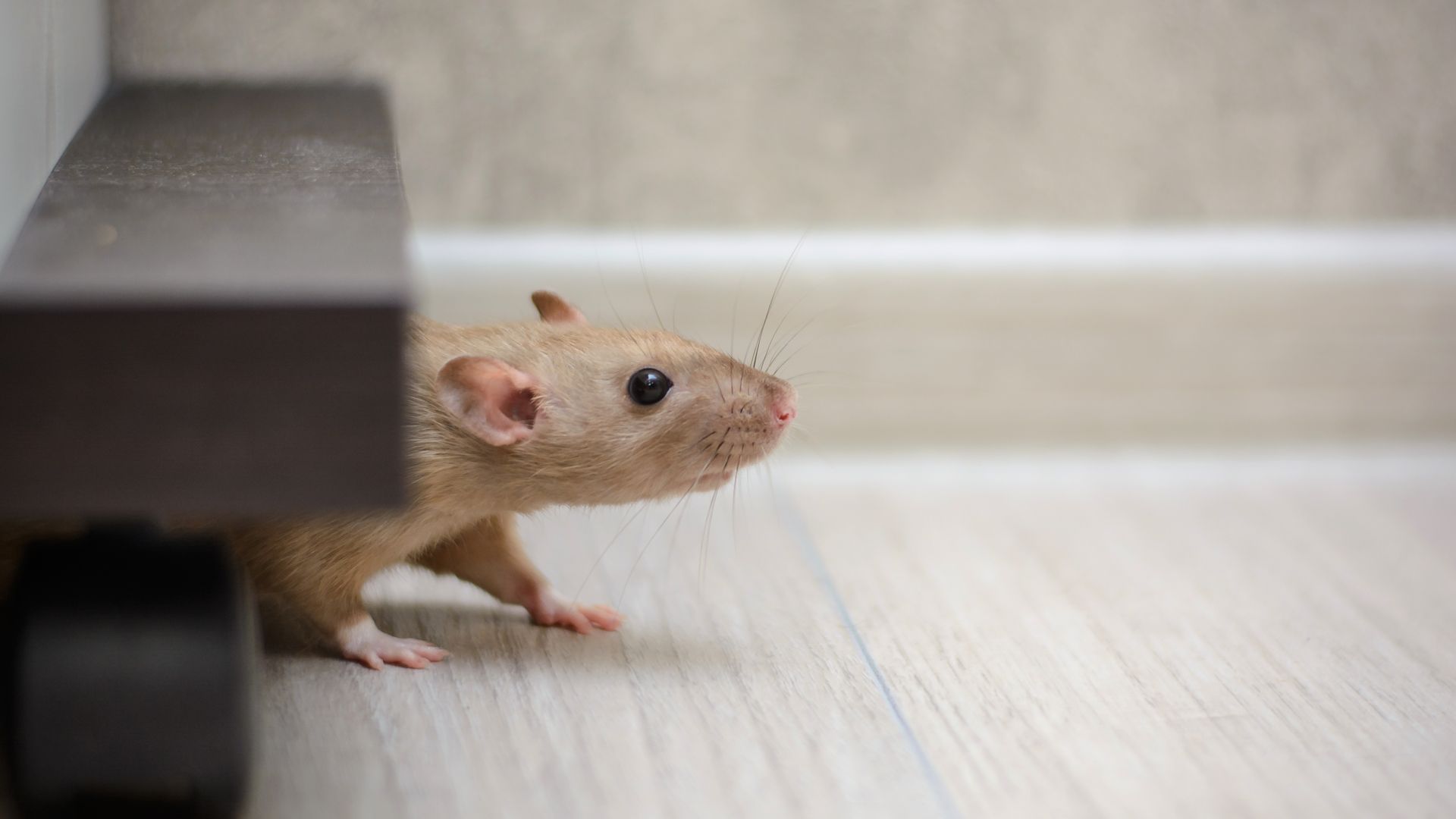Copperheads are venomous snakes found in North America, primarily in the eastern and southeastern regions of the United States. Recognizing a copperhead involves observing several key physical characteristics:
- Coloration: Copperheads typically have a distinct copper or reddish-brown coloration. Their bodies may also feature bands or hourglass-shaped markings that are often a lighter shade of brown or tan. These patterns are more pronounced in younger copperheads and can fade as they age.
- Head Shape: Copperheads have triangular-shaped heads with a somewhat flattened appearance. This shape is due to the venom glands located behind their eyes, giving them a distinct, arrowhead-like appearance.
- Eyes: Their eyes have vertical, elliptical-shaped pupils, similar to those of a cat. However, their pupils may appear round when exposed to low light.
- Size: Adult copperheads typically measure between 2 to 3 feet (60 to 91 cm) in length, although some can grow larger. They have stout bodies with a relatively thick girth compared to non-venomous snakes of similar length.
- Tail: The tail of a copperhead usually tapers to a point and is relatively short in comparison to their body length.
- Scales: They have keeled scales, which means the scales have a ridge down the center, giving them a rough texture.
Copperhead snakes (Agkistrodon contortrix) also have several other physical characteristics and features that are worth noting for a more comprehensive understanding of their appearance and identification:
- Body Shape: Copperheads have a relatively stout and heavy-bodied appearance compared to non-venomous snakes of similar length. Their bodies are not as slender as some other snake species.
- Facial Pits: Like all pit vipers, copperheads have heat-sensitive facial pits located between their eyes and nostrils. These pits allow them to detect heat emitted by warm-blooded prey, aiding in hunting.
- Eyes: Copperheads have distinctive vertical, elliptical-shaped pupils, similar to those of a cat. However, their pupils can appear round when exposed to low light conditions. This feature sets them apart from non-venomous snakes with round pupils.
- Venomous Fangs: Copperheads possess retractable, hollow fangs located in the upper jaw. These fangs are used to inject venom into their prey.
- Tail Rattle: Copperheads do not possess a rattle on their tail like rattlesnakes. Instead, they rely on their coloration, markings, and other characteristics for camouflage and protection.
- Scale Count: While not readily apparent without close examination, copperheads have a specific scale count pattern. They typically have 21 to 23 rows of dorsal scales, 138 to 165 ventral scales (on the belly), 21 to 35 subcaudal scales (under the tail), and 7 to 10 supralabial scales (on the upper lip).
Copperheads can vary in appearance somewhat depending on their geographic location. Additionally, juvenile copperheads may have more vibrant colors and distinct patterns than adults. While understanding these physical characteristics can aid in identifying copperheads, it's essential to prioritize safety and avoid handling any wild snake unless you are trained and experienced in snake handling, as copperheads are venomous and their bites can be dangerous. Always exercise caution when encountering any snake in the wild, as correctly identifying a snake's species can be challenging, and some non-venomous snakes may resemble copperheads. If you encounter a snake and are unsure of its identity, it's best to keep a safe distance and avoid provoking or handling it.
How Big Are Copperheads?
Copperhead snakes (Agkistrodon contortrix) typically measure between 2 to 3 feet (60 to 91 cm) in length when they are fully grown adults. However, some individuals can reach lengths slightly exceeding 3 feet (approximately 91 cm), while others may be somewhat smaller, especially in regions with harsher environmental conditions. The size of a copperhead can vary based on factors such as their age, sex, genetics, and the availability of food. Juvenile copperheads are usually smaller and may measure around 8 to 10 inches (20 to 25 cm) at birth. As they grow, they gradually reach their adult size, which falls within the aforementioned range. Copperheads are considered medium-sized venomous snakes, with stout bodies and a relatively thick girth compared to non-venomous snakes of similar length.
What Color Are Copperheads?
Copperhead snakes (Agkistrodon contortrix) are known for their distinctive coloration, which can vary somewhat based on factors like age and geographic location. Here is a more comprehensive description of their colors and markings:
- Base Color: Copperheads typically have a base color that ranges from light brown to a reddish-brown or coppery hue. This coloration gives them their common name.
- Markings: The most prominent feature of copperheads is their pattern of bands or hourglass-shaped markings that run along their bodies. These markings are often a lighter shade of brown or tan. The bands are most distinct in younger copperheads and can fade as they age.
- Head: The head of a copperhead is often a slightly different color than the body, usually with a copper or reddish-brown background and a pattern of darker bands or lines. The top of the head is often darker than the sides.
- Tail: The tail of a copperhead tapers to a point and typically has similar banding or patterning as the rest of the body.
- Scales: Copperheads have keeled scales, meaning their scales have a ridge down the center, which can give them a somewhat rough or textured appearance.
- Belly: The underside of a copperhead is usually lighter in color, ranging from pale yellow to cream or light brown, with few markings or none at all.
The coloration and pattern of copperheads can vary somewhat depending on their geographic range. For example, northern copperheads may have darker and more pronounced markings than their southern counterparts. Additionally, juvenile copperheads often have more vibrant colors and distinct patterns than adult snakes. Always exercise caution when attempting to identify a snake in the wild, as some non-venomous snakes may resemble copperheads, and correctly identifying them is crucial for safety.

